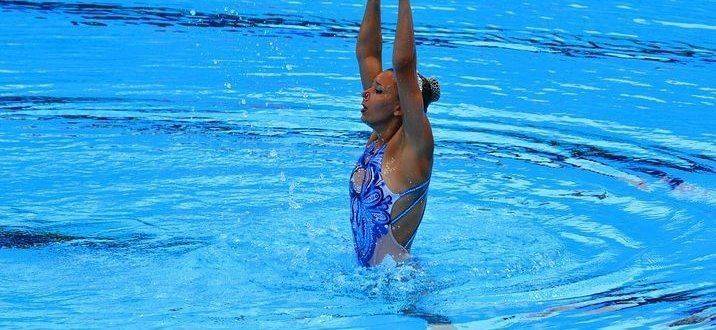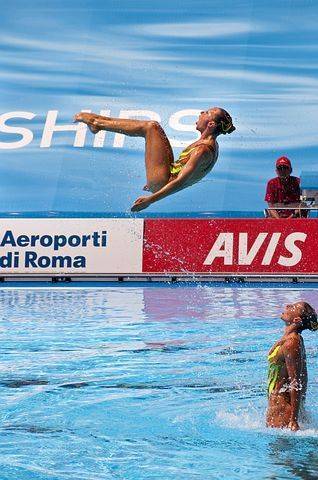
THE synchronized swimming είναι a sport of "fame", meaning it is theoretically impossible for an athlete coming from nowhere to overtake someone already established. Judgment is subjective, with clear political involvements at national and international level.
Synchronized swimming is, like dance, figure skating or ice dancing, a sport where artistic impression is extremely important to the overall points the athlete will collect, combined with the subjective nature of the evaluation of the presentation.
Synchronized swimming
The sport has very high physical demands. Although lung capacity may be considered paramount, orthopedic and metabolic demands are also important.

Research into synchronized swimming and the injuries associated with this sport is theoretically non-existent. However, some studies done in 1997 by Chinese researchers evaluated the anthropometric requirements of 81 international swimmers, comparing them to Chinese elite synchronized swimming athletes.
Their conclusions were that there is a huge similarity between synchronized swimming athletes of all countries and that Russian swimmers had the best body type for this sport. It is extremely interesting that the research findings coincide with reality, namely that Russian swimmers are always contenders for gold medals.
They were found to have an average height and weight and body fat of about 19.83 %. They also have broader shoulders, longer arms and a narrower pelvis when compared to the average. The American team, which finished eighth, had similar body measurements but with larger discrepancies in each category.
Collecting data from all over the world over the past five years on synchronized swimming has shown problems with shoulder dislocations, lower back pain, knee stress syndrome and soft muscle strain. Physical problems show a greater frequency mainly in teams with high intensity in their training, long training sessions and extremely difficult programs.
Edited by Nikolas Saltamanikas
TEFAA graduate, swimming specialty
Additional source of statistics: Clinics in Sports Medicine

No Comments